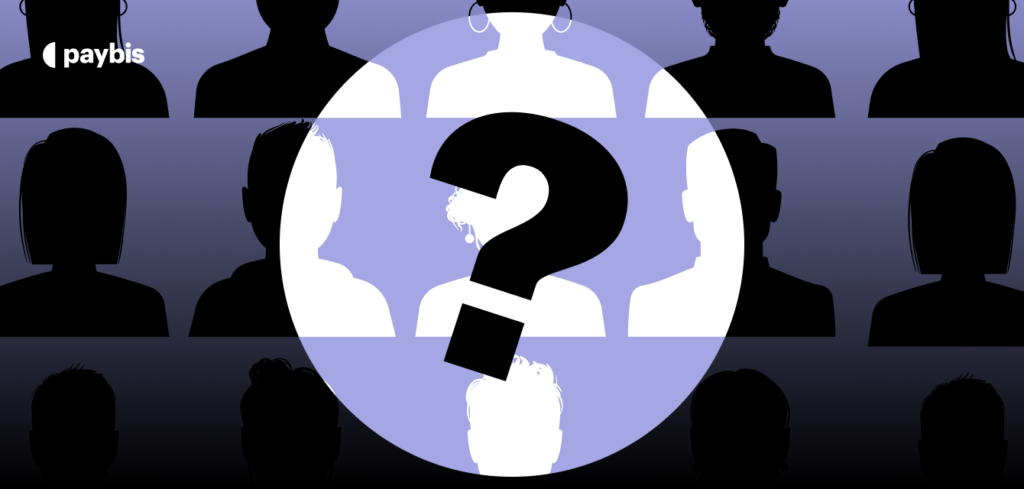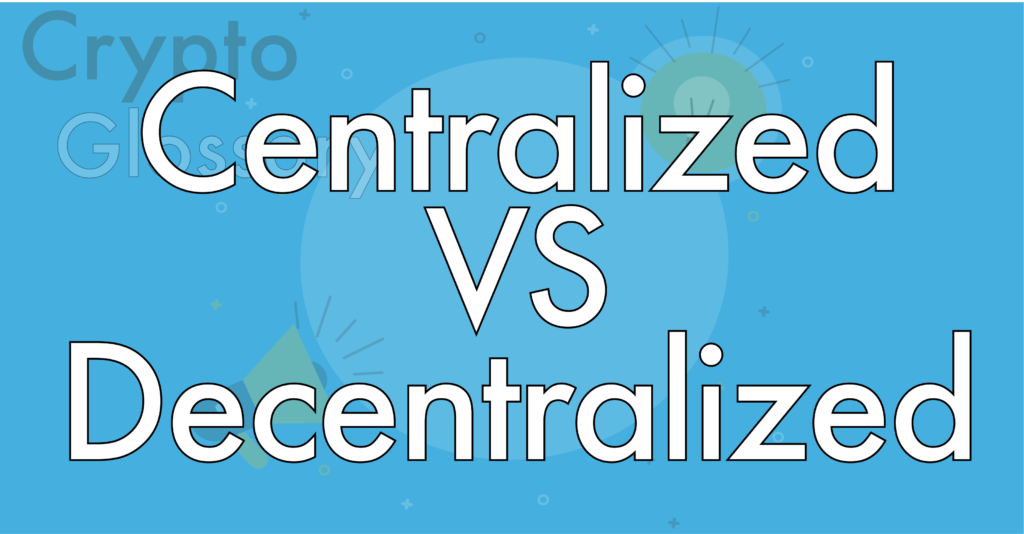Centralized
Centralization is an organizational structure where decision-making authority is concentrated within a single entity or a small group. In such systems, top-level executives or central bodies make critical decisions with minimal lower-level input. This structure is common in governments, corporations, and institutions.
Table of contents
What is Centralization?
In software, centralization refers to managing data and processes through a single server or central system, providing streamlined control and management.
Centralization in Practice
Despite the theoretical framework, the practical implementation of blockchain often reveals centralizing tendencies. This manifests in several ways:
- Mining Power Concentration: In Proof-of-Work (PoW) blockchains like Bitcoin, mining power consolidates in regions with cheap electricity and favorable regulations. This leads to a few entities controlling a large portion of the network’s hash rate, potentially influencing operations.
- Development Control: Core developer teams, often consisting of a few influential individuals or organizations, maintain and develop blockchain protocols which usually favor these centralized groups, affecting the direction and features of the blockchain.
- Exchange Dominance: Centralized exchanges (CEXs) dominate the cryptocurrency market due to their liquidity, ease of use, and regulatory compliance, facilitating most transactions which contradict the decentralized ethos.
- Governance Models: Blockchain governance models can centralize power. In delegated Proof-of-Stake systems, a small number of elected delegates make decisions. Similarly, on-chain governance can favor large token holders, leading to a plutocracy rather than a democracy.
How to Mitigate Centralization
Addressing centralization in blockchain requires a multi-faceted approach. Some of these can be done using the following strategies :
- Promoting Decentralized Mining: Encouraging the use of alternative consensus mechanisms like Proof-of-Stake (PoS) can reduce mining centralization. Additionally, supporting decentralized mining pools and democratizing access to mining hardware can help distribute mining power more evenly.
- Improving Governance Models: Implementing more inclusive and transparent governance models in DAOs can mitigate centralization. This includes developing mechanisms that ensure diverse participation in decision-making processes and reducing the influence of large token holders.
- Decentralized Exchanges: Supporting the growth and adoption of decentralized exchanges can decrease reliance on centralized platforms. Innovations like automated market makers (AMMs) and cross-chain solutions can enhance the functionality and appeal of DEXs.
Advantages of Centralization
Some of the advantages of centralization are:
- Efficiency: Centralized systems streamline decision-making processes, leading to quicker implementation and responses.
- Cost-Effectiveness: Centralization reduces redundancies and operational costs by consolidating resources and management.
- Consistent Policies: Centralized control ensures uniformity and consistency in policies and procedures across the organization.
- Enhanced Coordination: Centralized structures facilitate better coordination and communication, improving overall organizational coherence.
Disadvantages of Centralization
Below are some disadvantages of centralization:
- Single Point of Failure: Centralized systems are vulnerable to total system collapse if the central node is compromised.
- Reduced Transparency: Centralization can lead to less transparency and accountability, increasing the risk of corruption and abuse of power.
- Slower Innovation: Centralized control can stifle innovation and adaptability, as decision-making is concentrated in a few hands.
- Limited Resilience: Centralized structures are less resilient to disruptions, as they rely heavily on the central authority for operations.
Key Takeaway
In conclusion, while blockchain technology inherently promotes decentralization, practical implementation often reveals centralizing tendencies. Acknowledging and addressing these issues is essential for the continued growth and success of blockchain systems, ensuring they remain true to their foundational principles.
Browse the Paybis Glossary to master more web3 lingo!
Alternatively, explore related terms and articles below.
Disclaimer: Don’t invest unless you’re prepared to lose all the money you invest. This is a high‑risk investment and you should not expect to be protected if something goes wrong. Take 2 mins to learn more at: https://go.payb.is/FCA-Info


